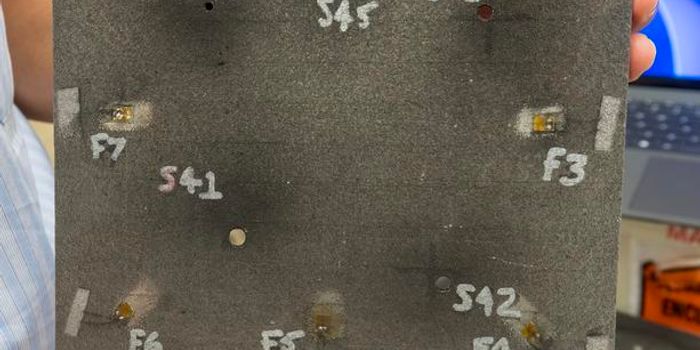To-Scale Model of Solar System Built in Nevada Desert
When you think about it, just about every single photo that you find on the Internet that depicts our solar system fails to do so accurately and to scale. That’s why a group of friends have worked together to create a real scale model of the solar system in the middle of a dry desert in Nevada.
They picked the location they did because it’s huge, and that much space is necessary to accurately create a scale model of the solar system. All of these pictures that you find on the Internet don’t accurately show the size of the planets relative to the actual amount of space that their orbits take up, and so the point of this project is to put it all into perspective.
By using the large dry lakebed, the guys behind the scale model used lights, marbles, a time-lapse camera, and a car to make it all happen. The Sun, being at the center of it all, was about a meter and a half in diameter. Most of the planets were just glass marbles, and with the scale model being about 4.2 miles in diameter, you can imagine that those planets were not easy to see.
To fix that problem, the team set up a time-lapse video from a mountain far away so they could record their car driving around the scale model with a light, making it possible for you to visualize just how large our solar system actually is.
The distance between each planet isn’t so great at the beginning of our solar system, but when you start to get past Mars, the distances jump dramatically. Pluto, the dwarf planet that New Horizons just flew past and took pictures of, was more than 3 billion miles away from the Earth, and if you measured the entire diameter of the path Pluto orbits, it would be more than 6 billion miles, because you also have the count the distance between the Earth and the Sun.
“So if we’ve made our model correctly, your perspective from where Earth is on the model will match your perspective from standing on real Earth,” said Wylie Overstreet, one of the lead designers of the to-scale model. “So if you look back at the Sun, you will see that the model Sun and the real Sun are the exact same size, and that’s how you can tell that the proportions are correct.”
Although the team didn’t include Pluto in their scale model (they stopped at Neptune, the last known true planet in our solar system), you could easily visualize that Pluto would have an even greater orbiting distance than Neptune in the model. The distances, even in the scale, are so great that the team had to use a car to get from point to point in the scale model.
The scale also represents how hard it is to see the Sun’s light from distant planets, despite the fact that it’s as large and as bright as it is in our Solar System. It’s a wonder that at such a great distance, it still has any gravitational effect on the distant planets at all, but these wonders are exactly what make our solar system awesome and interesting to study.
Source: To Scale









